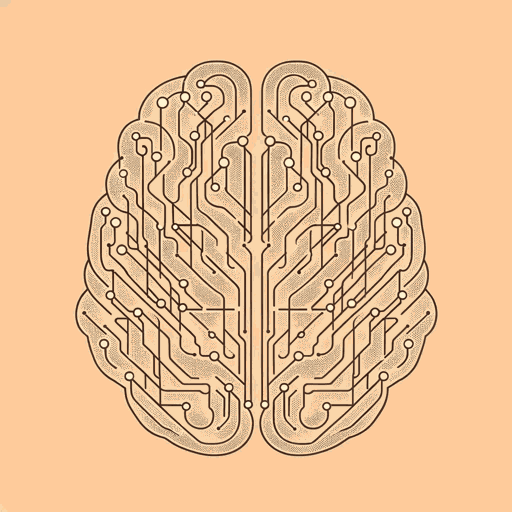48 pages • 1 hour read
Nicholas CarrThe Shallows: What the Internet Is Doing to Our Brains
Nonfiction | Book | Adult | Published in 2010A modern alternative to SparkNotes and CliffsNotes, SuperSummary offers high-quality Study Guides with detailed chapter summaries and analysis of major themes, characters, and more.
Chapter 3-Digression 2Chapter Summaries & Analyses
Chapter 3 Summary: “Tools of the Mind”
Carr opens Chapter 3 with two examples of how advancements in technology affected the way people perceived themselves and the world: the map and the clock. Advancements in cartography changed the way people thought about geography, culture, and nations. Map historian Arthur Robinson argues that mapmaking even led to the “evolution of abstract thinking” and led to people thinking about physical space in abstract terms (41). Similarly, the clock shifted people’s experience of time from a natural process based on the sun to a mechanical process based on manmade increments like seconds and hours. For both the map and the clock, the largest shift in people’s thinking came when the technology became smaller and cheaper and therefore widely available for the everyday person.
Carr categorizes technology into four groups based on what human sense they augment: (1) physical technology, like the plow or the jet; (2) sense technology, like the microscope; (3) nature-changing technology, like birth control; and (4) intellectual technology, like the map, the clock, and the Internet. Carr identifies two schools of thought when it comes to understanding how technology interacts with people: the determinists, who see technology as a force that determines human development, and the instrumentalists, who see technology as a neutral tool.
Featured Collections
Books & Literature
View Collection
Common Reads: Freshman Year Reading
View Collection
Memory
View Collection
New York Times Best Sellers
View Collection
Philosophy, Logic, & Ethics
View Collection
Popular Study Guides
View Collection
Pulitzer Prize Fiction Awardees &...
View Collection
Science & Nature
View Collection
Sociology
View Collection
The Future
View Collection


